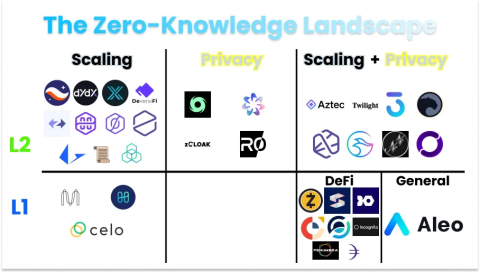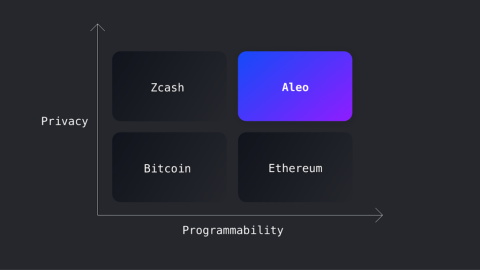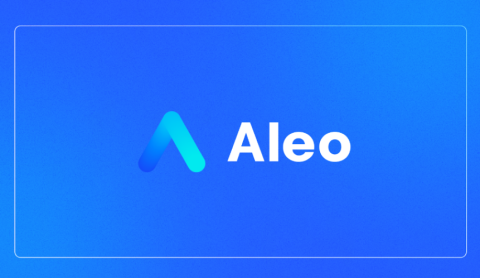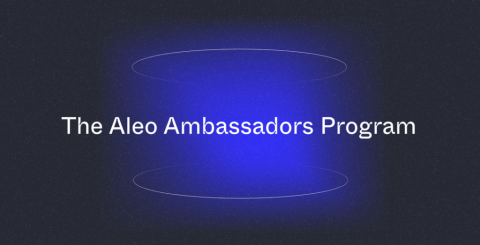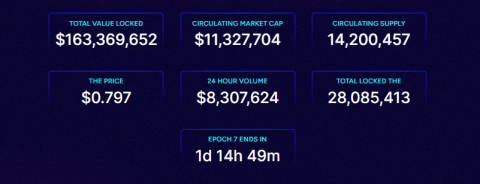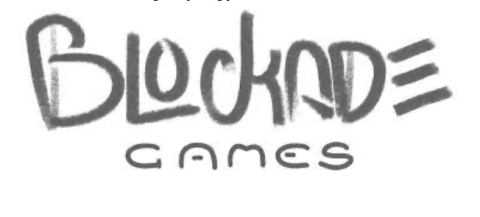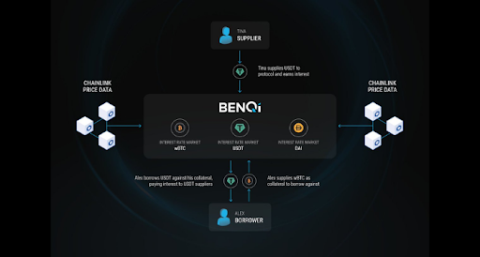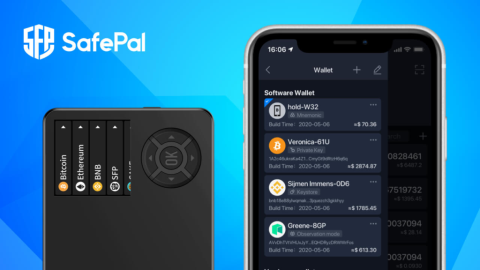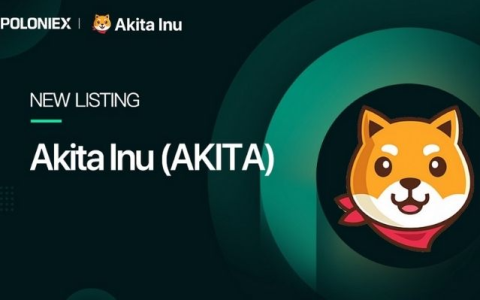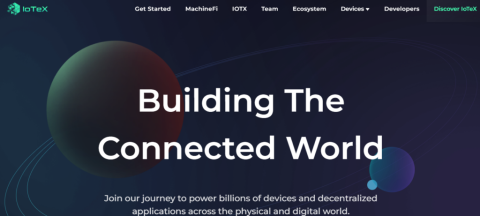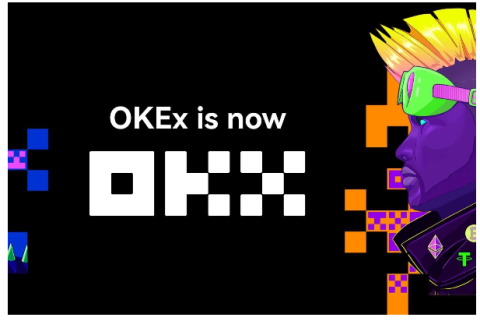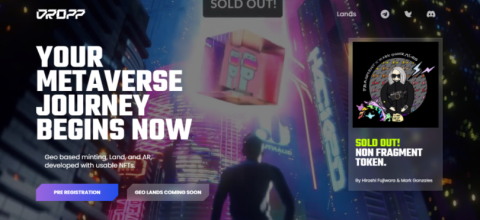Aleos current situation update amid market recovery
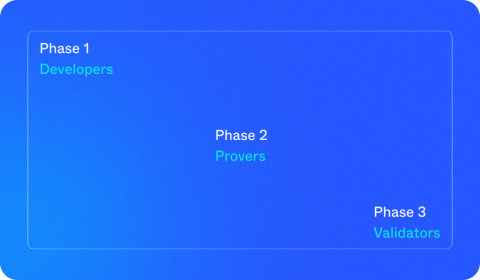
Continuing the series of articles about Aleo, this article will help you summarize its operation in the early days of 2023.
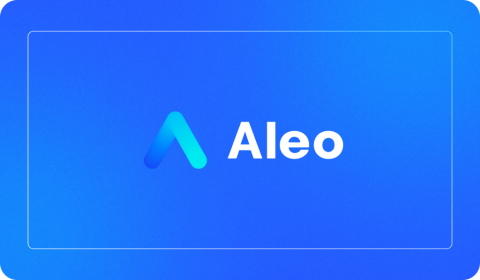
Closing 2022, a typical privacy public blockchain using Zero-Knowledge Proofs Aleo technology has achieved great success when it raised $200 million - one of the fundraising deals. Not only that, Aleo also stepped up its user outreach strategy when launching a series of Incentivized Tesnet programs and achieving more than 1 billion Proofs per second, 50,000 times higher than in 2021.
For a better overview of what Aleo achieved in 2022, readers can also see the article "Looking back to Aleo's 2022" on TraderH4.com. In the framework of this article, TraderH4 will go deeper into the consensus algorithm that makes Aleo different from other Layer 1 projects in the same segment.
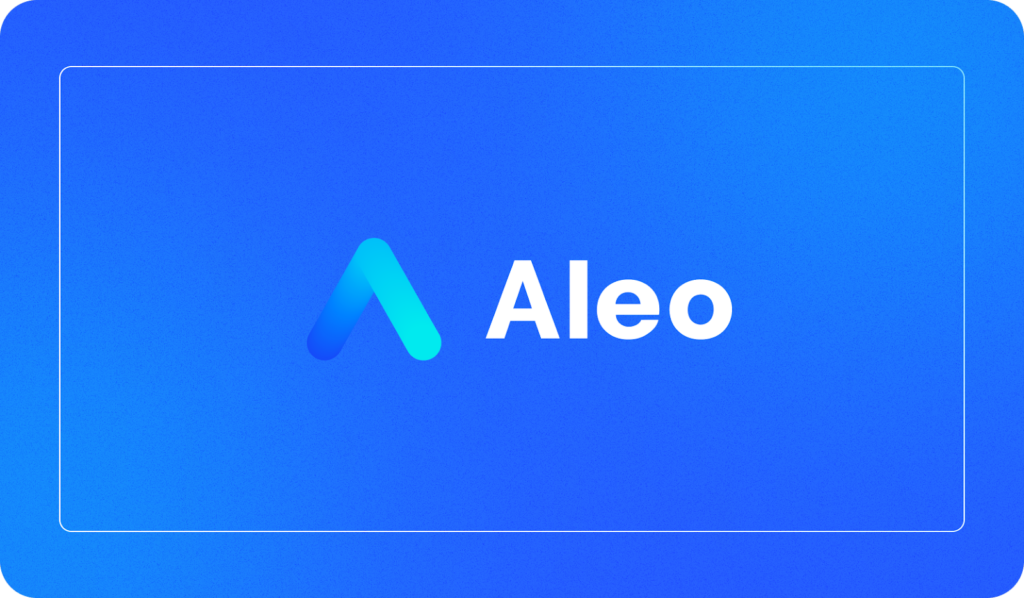
Aleo is more successful as more companies use zkSNARK in their applications. Because proofing is difficult, Aleo's design allows applications to outsource proofing to third-party "proof services" that use specialized hardware and software to handle the computations. zkSNARK is faster, cheaper, and more efficient than an app developer can do on some basic CPUs.
One of the biggest limiting factors for the future, even for proof-of-services, is that “generating a zero-knowledge proof of correct application execution can be expensive.” much more than just running the application directly. This proves that zkSNARK is not yet the best technology.
In order for zero-knowledge proofs to become commonplace and for Aleo to be successful, zkSNARK proofing hardware, software, and knowledge needs to be disseminated. And Aleo both designed his consensus mechanism and sponsored the ZPrize contest to prove it.
Traditional PoW mining, like Bitcoin, is relatively simple and the hardware is commoditized. Miners use SHA-256 functions on ASICs and try to position themselves next to cheap energy sources to maximize profits. There aren't many creative ways to gain an edge.
On Aleo, proofing requires a deeper understanding of zkSNARK, which is a richer design space with more opportunities for provers to gain huge advantages.
Aleo differs from Bitcoin in that it accepts more valid solutions per block and thus distributes rewards to more proofers rather than following a “winner or loser” framework. If the existence of one prover crushes everyone else, it will reduce prover participation and decentralization, which will keep costs higher.
So Aleo did two things to commercialize his zkSNARK proof-of-work add-on: AleoBFT and ZPrize. In this section we will dive into AleoBFT.
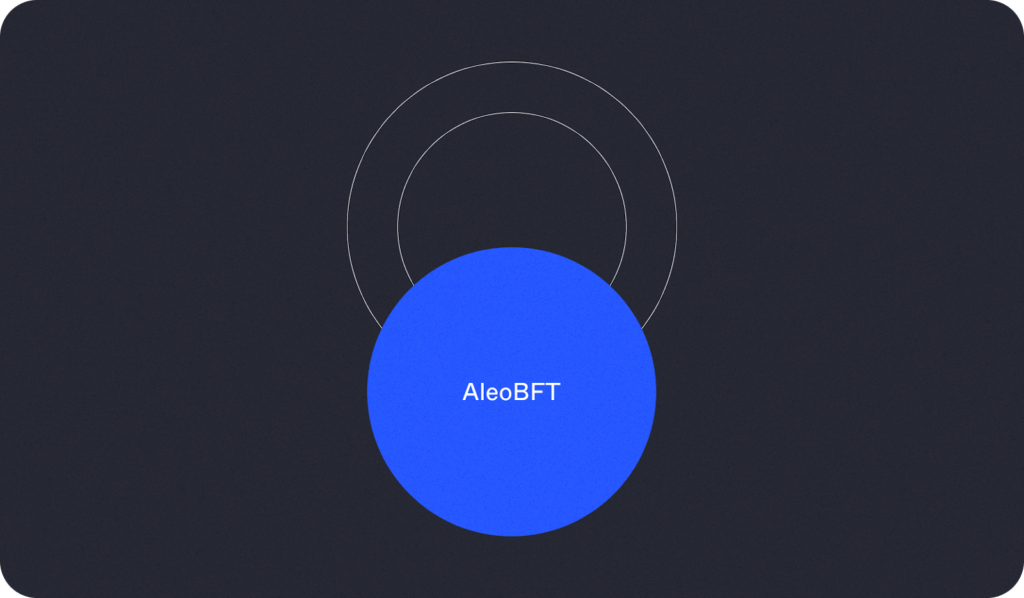
AleoBFT combines Proof of Stake (PoS) and a specific type of Proof of Work (PoW) called Proof of Succinct Work (which itself is a subset of Proof of Necessary Work).
AleoBFT is designed to do three things: secure the protocol, ensure that there are enough experienced verifiers to serve the application's zkSNARK problem solving needs, and encourage more people to participate in the proof . more efficient and cheaper of the network.
During Testnet 3, Aleo said they will convert their consensus model to a hybrid architecture for validators and that is AleoBFT.
AleoBFT combines the instantaneous finality of new blocks from validators with the computing power of validators to bring the coinbase supply to the network. AleoBFT's design incentivizes validators to maintain the network by generating blocks and incentivizes proofers to extend proof-of-concept to the Aleo ecosystem. This consensus algorithm of AleoBFT has many
Transactions are confirmed after validators generate and reach consensus for each block. This approach solves forking problems for validators and improves node stability. Additionally, this creates a smooth app experience for developers on Aleo. And for users, this improves UI/UX by enabling fast confirmations in wallets, browsers, explorers and apps. Ultimately, this guarantee makes interoperability with other ecosystems much simpler.
As Testnet 2 pointed out, block production became highly centralized after a handful of proofers developed specialized hardware for zero-knowledge cryptography. While ZPrize is helping to level the playing field, the fact remains that some entities will dominate the network, posing the risk of centralization and censorship for users.
By using AleoBFT, Aleo can decouple the role of block production from coinbase generation. Validators are responsible for generating blocks, and validators can now compute proofs at their desired scale. AleoBFT is designed to incentivize provers to become validators, by staking at least 1 million Aleo Credits on the network. This ensures proofers can maintain their censorship resistance by becoming the representative of all proofreaders in the consensus.
In AleoBFT, provers settle and generate proof of coinbase (PoSW) on the network in exchange for a share of the coinbase reward in each block. With this new model, proofers are now computing on the core subcomponents of zero-knowledge proofs. Namely multi-scalar multiplication (MSM) and fast Fourier transform (FFT), and earn their percentage in proof from each block reward.
For the prover, AleoBFT allows the operation of any piece of hardware at any scale to generate zero-knowledge proofs without competing for a "winner-winner" effect in each case. block. Thus, unlike in Testnet 2, this process means that even validators running on virtual hardware will be able to participate and earn coinbase rewards. These coinbase rewards are shared between provers and validators to incentivize proofers to become validators as they accumulate tokens over time. By incentivizing a broader reward distribution to participants, we believe these new mechanisms will scale the Aleo network to achieve a much larger proof-of-concept for Aleo developers and users. .
Details on the PoS portion of AleoBFT are still being announced, but the team has said that it will be based on DiemBFT. Aleo wrote that proof sets do not generate blocks in AleoBFT, but could instead be:
Ali Yahya, who has also studied cryptography under Dan Boneh, explained to me why the combination of game theory (PoS) and cryptography (PoSW) approaches. meaningful again. Ali Yahya says:
“Agreeing on the transactions being included, you can't do it cryptographically, so you need to use a game theory approach. When you have transactions you want to go through in order, everything else is something you should do cryptographically.” In other words, use cryptography whenever possible, and game theory when you can't.
AleoBFT's proof portion is based on Aleo's original consensus algorithm, Proof of Succinct Work (PoSW). The most important thing to understand about PoSW, especially as Ethereum and new chains avoid using Proof of Work for environmental reasons, is that the “work” in Proof of Succinct Work is really useful, unlike SHA. -256.
In fact, PoSW is based on Proof of Necessary Work, an idea proposed by Assimakis Katis (Aleo's mentor from the beginning) and Joe Bonneau (another Boneh alumnus) in 2020 where the creation of degrees Proofs are an integral part of the PoW used in Nakamoto's consensus, creating efficient proofs using energy that would otherwise be wasted. If you need to spend energy on securing blockchains, spend that energy on proofs. Aleo will do it in two ways:
On the Zero Knowledge Podcast, Howard said that “the goal is to encourage miners to develop hardware acceleration for SNARK to make these types of computations commoditized and pervasive. One way to do that is to make sure that miners always have something to prove.
Above are detailed information about the AleoBFT consensus algorithm that sets Aleo apart from other Layer 1 blockchain projects in the same segment. To understand more about Aleo's development potential, please read the article "Updated Aleo's 2023 roadmap" on TraderH4's Website.
Continuing the series of articles about Aleo, this article will help you summarize its operation in the early days of 2023.
In the Zero-Knowledge Proofs segment there are many outstanding projects, so how will Aleo compete against formidable competitors?
Layer 1 blockchains are currently an area attracting large investors. In this article, we will learn about Aleo - the project that is receiving a lot of attention recently.
In this article, we will learn together about how the Aleo project works - a privacy public blockchain.
In this article, let's take a look at the 2023 journey that Aleo - a public secure blockchain platform - has gone through with the TraderH4 team.
Ngoài PancakeSwap, hệ sinh thái BNB Chain còn có một AMM khác có TVL đạt 150 triệu USD chỉ sau hai tháng ra mắt, dự án này được gọi là Thena.
Blockade Games provides a platform that allows developers to create blockchain games. In addition, Blockade Games also creates many interesting free games.
UNQ Club is a project that provides a blockchain platform that allows investors to collect and manage existing NFT assets.
BENQI is one of the important pieces of the Avalanche ecosystem. Join TraderH4 to find out what BENQI (QI) is as well as detailed information about the QI token.
In addition to a cryptocurrency storage wallet, SafePal is also known to many investors for its SFP tokens and airdrop events with attractive rewards.
The fever from Akita Inu in the Crypto market in the past time has created a great buzz along with the rapid development of the "dog house token".
What is IoTeX? This is a blockchain built and developed in conjunction with the Internet of Things (IoT). Join TraderH4 to learn this article.
What is OKB? OKB is an exchange coin of OKX and the OKX Chain blockchain. Let's learn about OKX and OKB exchanges with TraderH4 in this article.
DROPP GG brings an innovative and novel idea to provide an NFT mint platform based on geographies outside of the real world.
CronaSwap is a DEX built on Cronos Chain, which has a similar model to Uniswap.
